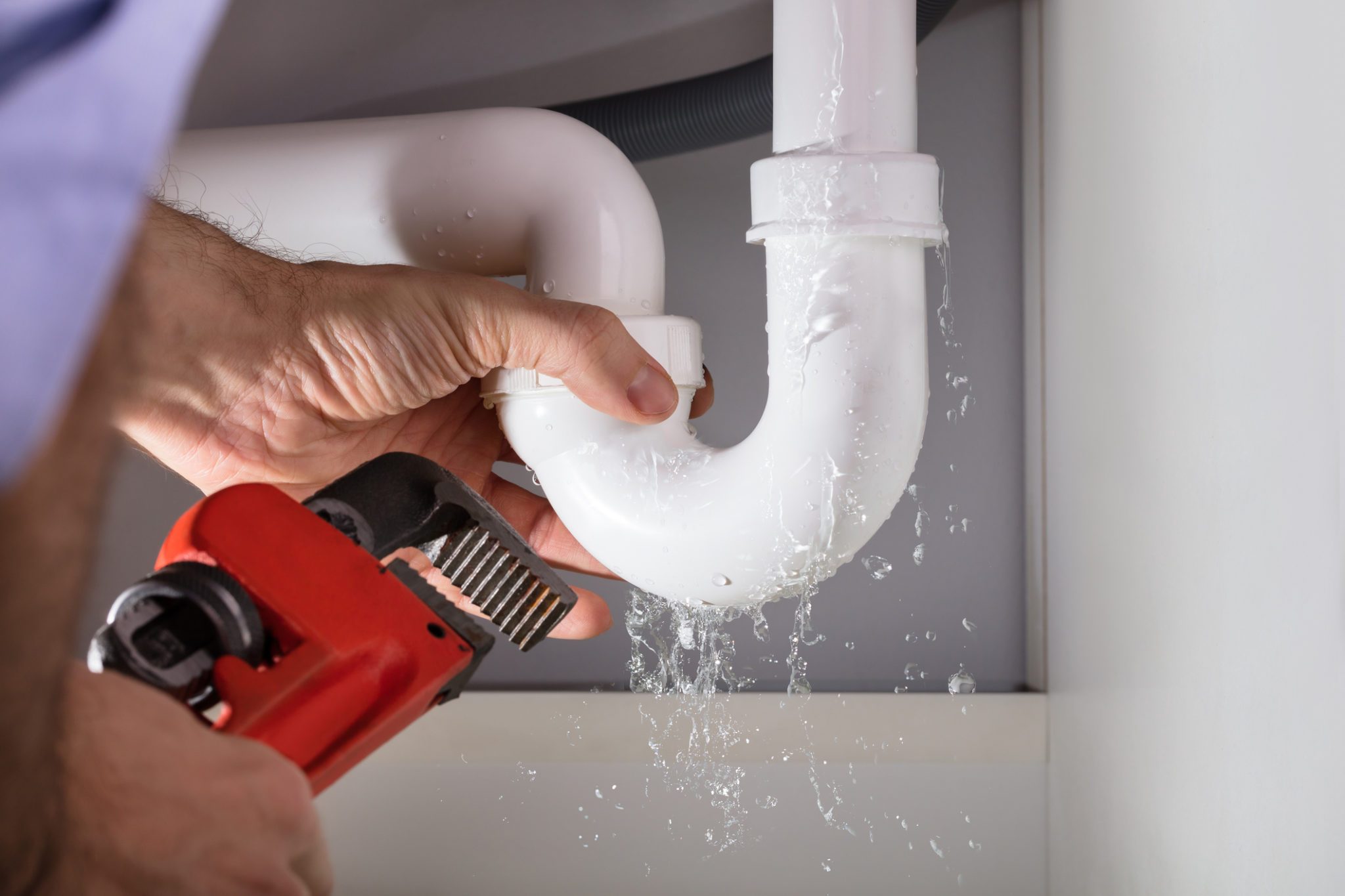

Articles
How Does Home Plumbing Work
Modified: January 6, 2024
Learn how home plumbing works with these informative articles. Understand the basics and find practical tips for maintaining your plumbing system.
(Many of the links in this article redirect to a specific reviewed product. Your purchase of these products through affiliate links helps to generate commission for Storables.com, at no extra cost. Learn more)
Introduction
Welcome to the fascinating world of home plumbing! Most people take their plumbing systems for granted, until a problem arises. But have you ever stopped to wonder how exactly your home plumbing works? In this article, we will explore the key components and functions of a typical residential plumbing system. From the water supply to drainage, plumbing fixtures to pipes and connections, we will delve into the inner workings of your home’s plumbing infrastructure.
Understanding how your plumbing operates can be beneficial in many ways. Not only will it enable you to identify and potentially troubleshoot plumbing issues, but it can also help you make informed decisions when it comes to maintenance, upgrades, or remodeling projects.
So, let’s dive in and explore the amazing world of home plumbing!
Key Takeaways:
- Understanding the inner workings of your home plumbing system empowers you to troubleshoot minor issues and make informed decisions about maintenance and upgrades, contributing to a reliable and efficient plumbing system.
- Regular maintenance, proper care, and prompt attention to potential plumbing issues can help prevent costly repairs and ensure a clean, safe, and hygienic home environment with a steady supply of water for everyday needs.
Read more: How Does Pool Plumbing Work
Water Supply System
The water supply system is a crucial component of any plumbing system. It is responsible for bringing clean and potable water into your home for various uses such as drinking, cooking, bathing, and cleaning. This system typically consists of a main water line connected to a municipal water source or a private well.
At the heart of the water supply system is the water meter, which measures the amount of water you use for billing purposes. From the water meter, the water flows into the main shut-off valve, which allows you to control the flow of water into your home. It is important to know the location of this shut-off valve in case of emergencies or repairs.
From the main shut-off valve, the water is distributed through a network of pipes that branch out to various areas of your home. These pipes are typically made of copper, PEX (cross-linked polyethylene), or PVC (polyvinyl chloride) and are designed to withstand the pressure and flow of water.
Within the water supply system, you will also find other essential components such as pressure regulators and backflow preventers. Pressure regulators help maintain a consistent water pressure throughout your home, preventing damage to plumbing fixtures and reducing the risk of leaks. Backflow preventers are installed to safeguard against the contamination of the public water supply by preventing the backflow of non-potable water, such as from toilets or irrigation systems, into the main water line.
In addition to delivering water to your home, the water supply system also incorporates devices like water filters and water softeners. Water filters remove impurities and contaminants from the water, improving its taste and quality. Water softeners, on the other hand, are used to remove excess minerals from hard water, preventing mineral buildup in pipes, fixtures, and appliances.
Overall, the water supply system plays a crucial role in ensuring a steady supply of clean and safe water to meet your everyday needs. Regular maintenance and periodic inspections are essential to ensure the system functions properly and to detect any potential issues early on.
Drainage System
The drainage system in your home is responsible for removing wastewater and sewage from various fixtures and appliances. It ensures that used water is safely disposed of, preventing contamination and maintaining a healthy and hygienic living environment.
The drainage system consists of a series of pipes and fittings that carry wastewater away from sinks, showers, toilets, washing machines, and other plumbing fixtures. These pipes are designed with gradients to allow gravity to assist in the flow of wastewater.
One of the essential components of the drainage system is the main sewer line or the sewer lateral, which connects your home’s plumbing system to the municipal sewer system or a septic tank. This connection allows for the proper disposal and treatment of wastewater.
In addition to the main sewer line, there are smaller drain pipes that connect individual fixtures to the main system. These drain pipes are typically made of PVC or ABS (acrylonitrile butadiene styrene) and are equipped with traps or P-traps, which prevent foul odors and sewer gases from entering your home.
The drainage system also incorporates vents, which play a crucial role in maintaining the proper functioning of the system. Vents allow air to enter the pipes, preventing the formation of a vacuum and enabling smooth drainage. They are usually connected to the main stack, which extends through the roof of your home, allowing gases to escape safely.
In the event of a clog or blockage in the drainage system, various tools and techniques can be used to clear the obstruction. These include drain snakes, plungers, and chemical drain cleaners. However, it is important to use these methods with caution and follow proper safety guidelines.
Regular maintenance of the drainage system is crucial to prevent clogs and ensure its proper functioning. Avoid pouring grease, oils, or other harmful substances down the drain, as they can solidify and cause blockages. It is also recommended to periodically check and clean the P-traps to prevent the buildup of debris and hair.
Overall, the drainage system is a vital component of your home’s plumbing infrastructure, ensuring the proper disposal of wastewater and maintaining a clean and healthy environment. Proper maintenance and care can help prevent issues and ensure the efficient operation of the drainage system for years to come.
Plumbing Fixtures
Plumbing fixtures are the visible and functional elements of your home’s plumbing system. They are the fixtures you interact with daily, such as sinks, toilets, showers, bathtubs, and faucets. Understanding the different types and functions of these fixtures is essential for maintaining and upgrading your home’s plumbing system.
Sinks are one of the most common plumbing fixtures found in kitchens, bathrooms, and laundry rooms. They come in various shapes, sizes, and materials, including stainless steel, porcelain, and composite materials. Sinks are equipped with drains that connect to the drainage system, allowing wastewater to be properly disposed of.
Toilets, also known as water closets, are crucial fixtures in any home. They are responsible for the proper disposal of human waste. A typical toilet consists of a bowl, a tank, and a flushing mechanism. When you flush the toilet, water from the tank is released into the bowl, creating a siphon that removes waste and sends it into the drainage system.
Showers and bathtubs provide a means for bathing and relaxing. They are equipped with showerheads or faucets that control the flow of water. These fixtures are connected to both the water supply system and the drainage system, allowing for the delivery of water and the disposal of wastewater.
Faucets are fixtures that control the flow of water in your home. They are found in kitchens, bathrooms, and other areas where water is needed. Faucets come in various styles and designs, including single-handle, double-handle, and touchless options. They are connected to the water supply system and have mechanisms that allow you to control the temperature and flow of water.
In addition to these common fixtures, there are other plumbing fixtures that serve specific purposes. These include bidets, urinals, laundry sinks, and outdoor faucets. Each fixture has its own unique function and is designed to meet specific needs.
When it comes to choosing and maintaining plumbing fixtures, it is important to consider factors such as water efficiency, durability, and style. Look for fixtures that are labeled as water-efficient and carry certifications such as the WaterSense label. Regular cleaning and maintenance of fixtures are essential to prevent issues such as leaks, clogs, and deterioration.
Plumbing fixtures play a crucial role in the functionality and aesthetics of your home’s plumbing system. Understanding their functions and features can help you make informed decisions when it comes to repairs, upgrades, or renovations, ensuring that your plumbing fixtures serve you well for years to come.
Pipes and Plumbing Connections
Pipes and plumbing connections are the backbone of your home’s plumbing system. They are responsible for transporting water, gas, and waste throughout your home, ensuring the proper functioning of your plumbing fixtures. Let’s explore the different types of pipes and connections commonly used in residential plumbing systems.
Copper pipes have long been a popular choice for plumbing systems due to their durability, reliability, and resistance to corrosion. Copper pipes are often used for water supply lines, both hot and cold, and are known for their long lifespan. They are joined together using soldering or compression fittings, providing secure connections that prevent leaks.
Another common type of pipe used in plumbing systems is PEX (cross-linked polyethylene). PEX pipes are flexible, easy to install, and resistant to freezing. They are often used for both hot and cold water supply lines and can be connected using crimp or clamp fittings. PEX pipes have gained popularity due to their affordability and versatility.
PVC (polyvinyl chloride) pipes are commonly used for drain, waste, and vent (DWV) systems. PVC pipes are lightweight, durable, and resistant to chemicals. They are joined together using solvent welding, creating strong and leak-resistant connections. PVC pipes are also commonly used for irrigation systems and outdoor plumbing.
Plumbing connections play a crucial role in ensuring the integrity of your plumbing system. There are various types of connections used to join pipes and fittings together.
Compression fittings are commonly used with copper pipes and involve compressing a ring or ferrule onto the pipe, creating a watertight seal. These fittings are easy to install and do not require soldering.
Soldering, also known as sweating, is a method used to join copper pipes. It involves heating the pipe and applying solder to create a strong and leak-proof connection. Soldering requires skill and is typically done by professional plumbers.
Threaded connections are used with galvanized steel pipes and involve screwing together threaded fittings. Teflon tape or pipe dope is applied to the threads to create a tight seal. These connections are often used in gas lines and some water supply lines.
Push-fit or quick-connect fittings are becoming increasingly popular due to their ease of installation. These fittings have a special mechanism that allows pipes to be pushed into them and securely held in place. They do not require any special tools or soldering.
Regardless of the type of pipe or connection used in your plumbing system, it is important to ensure proper installation and regular inspections to detect any leaks or issues. Plumbing connections should be checked periodically for any signs of deterioration or loose fittings.
Pipes and plumbing connections are the hidden heroes of your plumbing system, allowing water and waste to flow smoothly and efficiently. Understanding the different types of pipes and connections and their proper usage can help you make informed decisions when it comes to repairs, upgrades, or renovations.
To prevent clogs in your home plumbing, avoid pouring grease, oil, or coffee grounds down the drain. Instead, dispose of them in the trash to keep your pipes clear.
Read more: How Does Plumbing Work In An RV
Water Pressure and Flow
Water pressure and flow play a crucial role in the functionality and performance of your home’s plumbing system. Understanding how water pressure is regulated and how it affects the flow of water can help you troubleshoot issues and ensure efficient operation.
Water pressure refers to the force at which water is supplied to your home. It is typically measured in pounds per square inch (psi). The water pressure in your home is determined by factors such as the elevation of your property, the distance from the water source, and the condition of the plumbing system.
In most residential settings, water pressure is regulated by a pressure reducing valve (PRV) or pressure regulator. This device is typically installed near the main water supply line and helps maintain a consistent and safe water pressure throughout your home. The recommended water pressure for residential properties is generally around 40-60 psi.
Water flow, on the other hand, refers to the volume of water that can pass through the plumbing system in a given amount of time. It is typically measured in gallons per minute (gpm). The water flow in your home is influenced by factors such as the pipe size, the water pressure, and the fixtures or appliances being used.
In order to maintain a consistent water pressure and flow, it is important to have properly sized pipes. If the pipes are too small, it can result in reduced flow and increased pressure. Conversely, if the pipes are too large, it can lead to reduced pressure and slower flow. The optimal pipe size can vary depending on the specific plumbing system and the anticipated water demand in different areas of your home.
Water pressure and flow can be affected by various issues and can result in problems such as low water pressure, uneven flow, or water hammer. Low water pressure can be caused by factors such as clogs in the pipes, a faulty pressure regulator, or restrictions in the supply line. Uneven flow can be caused by issues such as a partially closed valve, a clogged aerator, or inadequate pipe sizing. Water hammer occurs when there is a sudden change in water flow, resulting in a loud banging noise. This can be caused by factors such as loose pipes, high water pressure, or improperly installed valves.
If you encounter any issues with water pressure or flow, it is recommended to consult with a professional plumber. They can assess your plumbing system, identify the root cause of the problem, and implement the necessary repairs or adjustments.
Maintaining proper water pressure and flow is essential for the efficient operation of your plumbing system and the performance of your fixtures and appliances. Regular inspections, proper pipe sizing, and prompt repairs can help ensure a reliable and enjoyable water supply throughout your home.
How a Toilet Works
A toilet is a vital fixture in any home and understanding how it works can help you identify and troubleshoot any issues that may arise. Let’s take a closer look at the inner workings of a toilet and how it functions.
1. The Tank: The toilet tank is located at the back of the toilet and is usually made of ceramic or porcelain. It is connected to the water supply through a fill valve, which regulates the water level in the tank.
2. The Flush Mechanism: When you press the flush lever or button on the tank, it activates the flush mechanism. The flush mechanism consists of a flapper or flush valve at the bottom of the tank and a flush handle or push button on the outside.
3. The Flush Process: When you press the flush lever/button, it lifts the flapper, allowing water to rush from the tank into the toilet bowl. The force of the water creates a siphoning effect that pulls waste and water down the drain.
4. The Fill Valve: After the flush, the tank needs to be refilled with water for the next use. The fill valve opens and allows water to enter the tank until it reaches a predetermined level. The fill valve then shuts off to prevent overfilling.
5. The Bowl: The toilet bowl is connected to the drainpipe and is designed to hold water for flushing and prevent odors from escaping. It features a trapway, which is a curved channel that leads to the drainpipe.
6. The Trapway: The trapway is a vital component that helps maintain proper water seal and prevents sewer gases from entering the bathroom. It is typically located at the base of the toilet bowl and has a curved shape, allowing water to create a barrier between the bowl and drainpipe.
7. The Drainpipe: Once the water and waste are flushed from the bowl, they pass through the trapway and enter the drainpipe. The drainpipe carries the waste to the sewage system or septic tank for proper disposal and treatment.
8. The Wax Ring: The toilet is secured to the floor with the help of a wax ring placed around the base of the toilet. This wax ring creates a watertight seal to prevent leaks between the toilet and the floor drain.
9. Vent Stack: Toilets are also connected to a vent stack, which helps maintain proper air pressure and enables the smooth flow of wastewater. The vent stack extends above the roofline to allow for the release of sewer gases.
Overall, a toilet works by utilizing gravity, water pressure, and a series of valves and mechanisms to efficiently remove waste and maintain cleanliness. Understanding the basic functioning of a toilet can empower you to address minor issues, such as a running toilet or clogs. For more complex problems, it is always advisable to seek the help of a professional plumber to ensure proper repairs.
How a Faucet Works
Faucets are essential fixtures in our homes, providing access to clean water for various purposes such as washing hands, doing dishes, and filling containers. But have you ever wondered how a faucet actually works? Let’s explore the inner workings of a faucet and how it functions.
1. The Handle: The faucet handle is the part you turn to control the flow and temperature of the water. It can be a single handle or separate handles for hot and cold water. When you rotate the handle, it operates the valve mechanism inside the faucet.
2. The Valve Mechanism: The valve mechanism is the heart of the faucet, controlling the flow and mixing of hot and cold water. There are different types of valve mechanisms, including compression valves, ball valves, cartridge valves, and ceramic disc valves.
3. The Compression Valve: In a compression valve, there are rubber or synthetic washers attached to the stem of the valve mechanism. When the handle is turned, it moves the stem up or down, compressing or releasing the washers to control the water flow.
4. The Ball Valve: A ball valve uses a rotating ball with holes or slots to control the flow and mixing of hot and cold water. When the handle is turned, it rotates the ball inside the faucet, aligning the holes or slots to allow water to flow or diverting it to control the temperature.
5. The Cartridge Valve: A cartridge valve uses a cartridge with small openings or ports that align when the handle is turned. By aligning the ports, water is allowed to flow, either from the hot or cold water supply, or a combination of both to control the temperature.
6. The Ceramic Disc Valve: A ceramic disc valve uses two ceramic discs that slide across each other to control the water flow. When the handle is turned, the discs rotate or move, aligning the openings or slots to allow water to pass through or restricting it to control the temperature.
7. The Aerator: A faucet aerator is a small device located at the end of the faucet spout. It mixes air with the water, creating a smooth and consistent stream while reducing splashing. The aerator also helps conserve water by reducing the flow rate.
8. The Plumbing Connections: Faucets are connected to the water supply lines using various plumbing connections such as compression fittings, threaded connections, or quick-connect fittings. These connections ensure a watertight seal and allow for easy installation or removal of the faucet.
When you turn on the faucet handle, the valve mechanism inside the faucet opens, allowing water to flow from the water supply lines through the faucet spout. The mixing of hot and cold water, if applicable, is controlled by the valve mechanism, giving you the desired water temperature. When you turn off the faucet, the valve mechanism closes, stopping the flow of water.
Understanding how a faucet works can help you troubleshoot and address minor issues such as drips or leaks. If you encounter more complex problems, it is recommended to seek the assistance of a professional plumber or consider replacing the faucet with a new one.
Common Plumbing Issues and Troubleshooting
While every homeowner hopes for a smooth-running plumbing system, issues can arise from time to time. Understanding common plumbing problems and learning how to troubleshoot them can save you time, money, and frustration. Let’s explore some of the most common plumbing issues and ways to address them.
1. Dripping Faucets: A dripping faucet is not only annoying but can also waste a significant amount of water. The cause is often worn-out washers, seals, or O-rings. Replacing these components can usually fix the issue. If the problem persists, it may be necessary to replace the entire faucet.
2. Clogged Drains: Clogged drains are a common occurrence in sinks, showers, and toilets. A plunger or plumbing snake can help clear minor clogs. Avoid using chemical drain cleaners, as they can damage pipes. For stubborn clogs, it may be necessary to call a professional plumber.
3. Running Toilets: A running toilet can waste a significant amount of water and lead to high water bills. The issue is often caused by a faulty flapper or a problem with the fill valve. Adjusting or replacing these components can usually solve the problem. If the issue persists, a professional plumber may need to be called.
4. Low Water Pressure: Low water pressure can be caused by various factors, such as clogged aerators, mineral deposits in pipes, or an issue with the pressure regulator. Cleaning or replacing the aerator can improve water flow. If the problem is widespread, it may be necessary to call a professional to diagnose and resolve the underlying cause.
5. Leaking Pipes: Leaking pipes can cause damage to your home and lead to mold and mildew growth. If you notice a leak, it is essential to act quickly. The first step is to turn off the water supply to the affected area. Temporary fixes can be done using pipe tape or epoxy putty, but it is recommended to call a professional plumber to repair or replace the damaged pipe.
6. Water Heater Issues: Problems with water heaters can range from insufficient hot water to strange noises or leaks. Checking the pilot light, adjusting the temperature setting, or flushing the tank can solve minor issues. However, for more complex problems, it is best to consult a qualified technician.
7. Sewer Line Blockages: A sewer line blockage can cause sewage backups and foul odors. Signs of a blockage include drains that gurgle or water coming up from different fixtures. Using a plumbing snake or hydro jetting equipment can help clear the blockage. It is crucial to call a professional if the issue persists or if multiple drains are affected.
8. Faulty Water Pressure: Uneven water pressure throughout your home can be caused by various factors, including pipe corrosion or a problem with the pressure regulator. A professional plumber can assess the situation and recommend the best course of action, such as pipe replacement or regulator adjustment.
If you are unsure how to address a plumbing issue or if the problem persists after troubleshooting, it is always advisable to seek the assistance of a professional plumber. They have the expertise, tools, and knowledge to diagnose and resolve plumbing problems effectively and efficiently.
Remember, regular maintenance and inspections can help prevent many plumbing issues from occurring in the first place. If you notice any signs of a potential problem, addressing it promptly can save you from more significant issues down the line.
Read more: How Does Toilet Plumbing Work
Conclusion
Understanding how your home plumbing works is not only fascinating but also empowers you to take better care of your plumbing system and address common issues that may arise. From the water supply system to drainage, plumbing fixtures, pipes, and connections, each component plays a crucial role in providing clean water and efficient waste disposal.
By familiarizing yourself with the inner workings of your plumbing system, you can troubleshoot minor problems and potentially save on costly repairs. However, keep in mind that for more complex issues or if you are unsure about the proper course of action, it is always best to consult a professional plumber. They have the expertise and knowledge to handle intricate repairs and ensure the longevity and functionality of your plumbing system.
Regular maintenance and inspections are key to keeping your plumbing system in optimal condition. This includes checking for leaks, clearing clogs, adjusting water pressure, and ensuring proper drainage. Additionally, being mindful of what goes down your drains, using water-efficient fixtures, and addressing issues promptly can contribute to the overall efficiency and lifespan of your plumbing system.
Remember, your plumbing system is an integral part of your home, providing clean water for your everyday needs. By taking the time to understand its functioning and implementing proper care and maintenance, you can ensure a reliable and efficient plumbing system that will serve you well for years to come.
So, next time you turn on the faucet, flush the toilet, or use any plumbing fixture, take a moment to appreciate the intricate system at work behind the scenes. Your knowledge and proactive approach will keep your plumbing system running smoothly and contribute to a comfortable and hygienic home environment.
Frequently Asked Questions about How Does Home Plumbing Work
Was this page helpful?
At Storables.com, we guarantee accurate and reliable information. Our content, validated by Expert Board Contributors, is crafted following stringent Editorial Policies. We're committed to providing you with well-researched, expert-backed insights for all your informational needs.
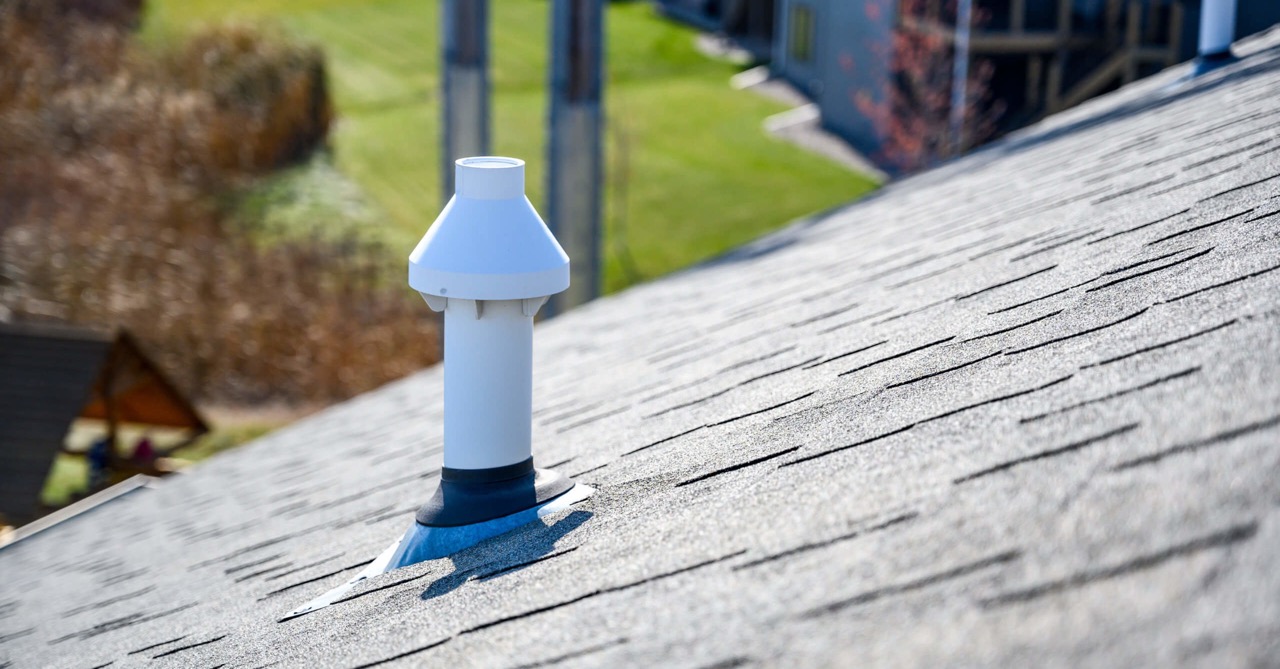
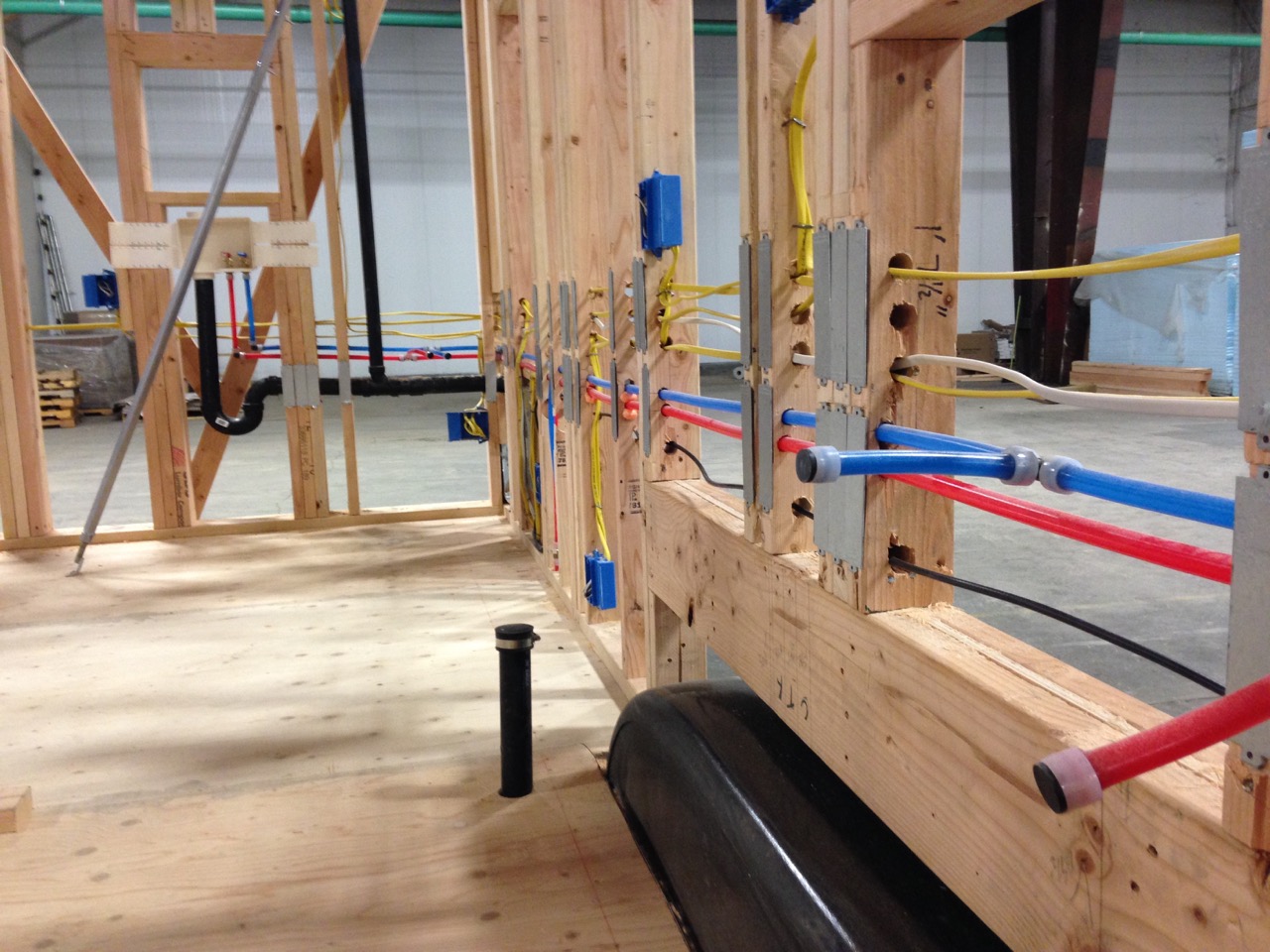
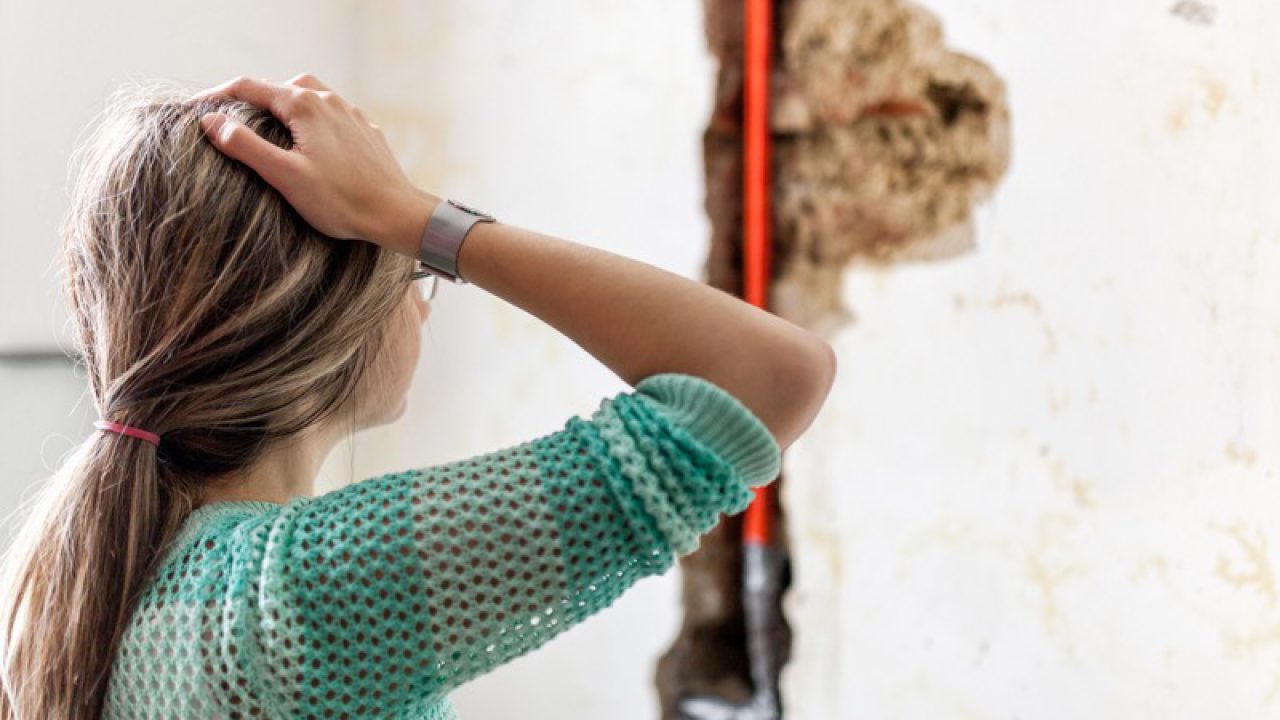
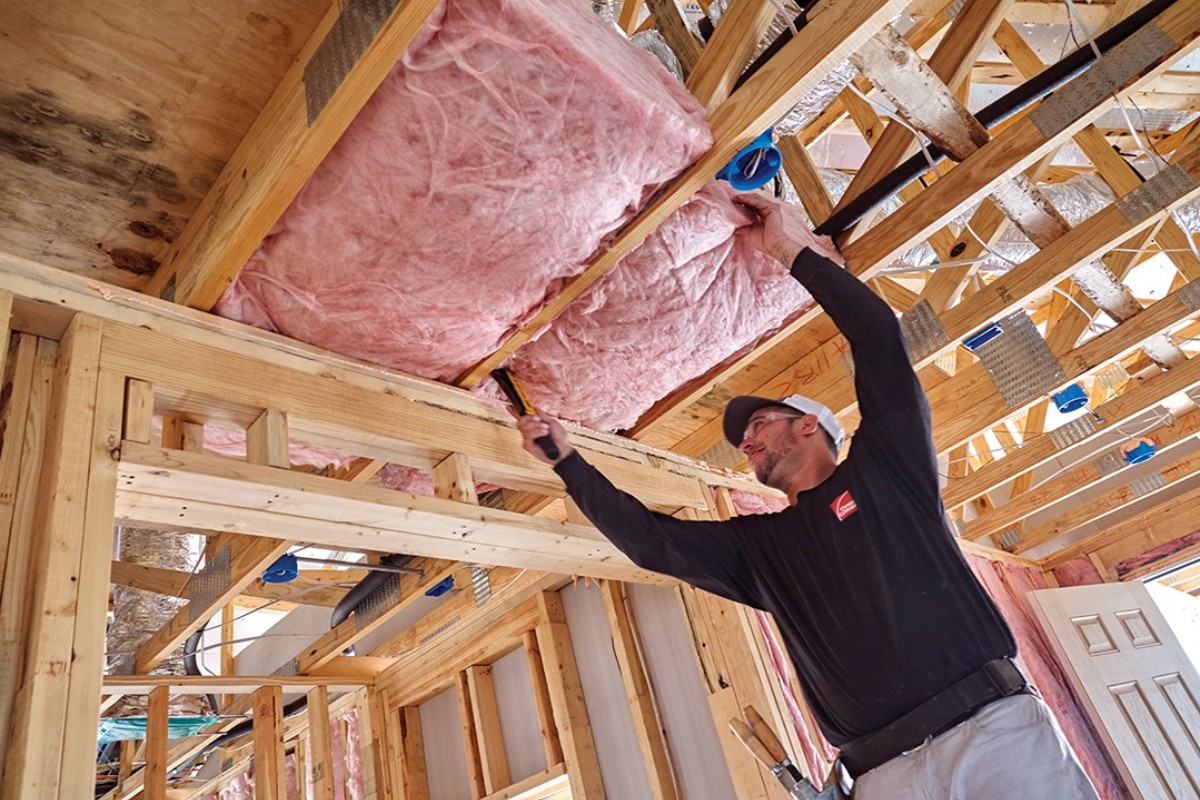
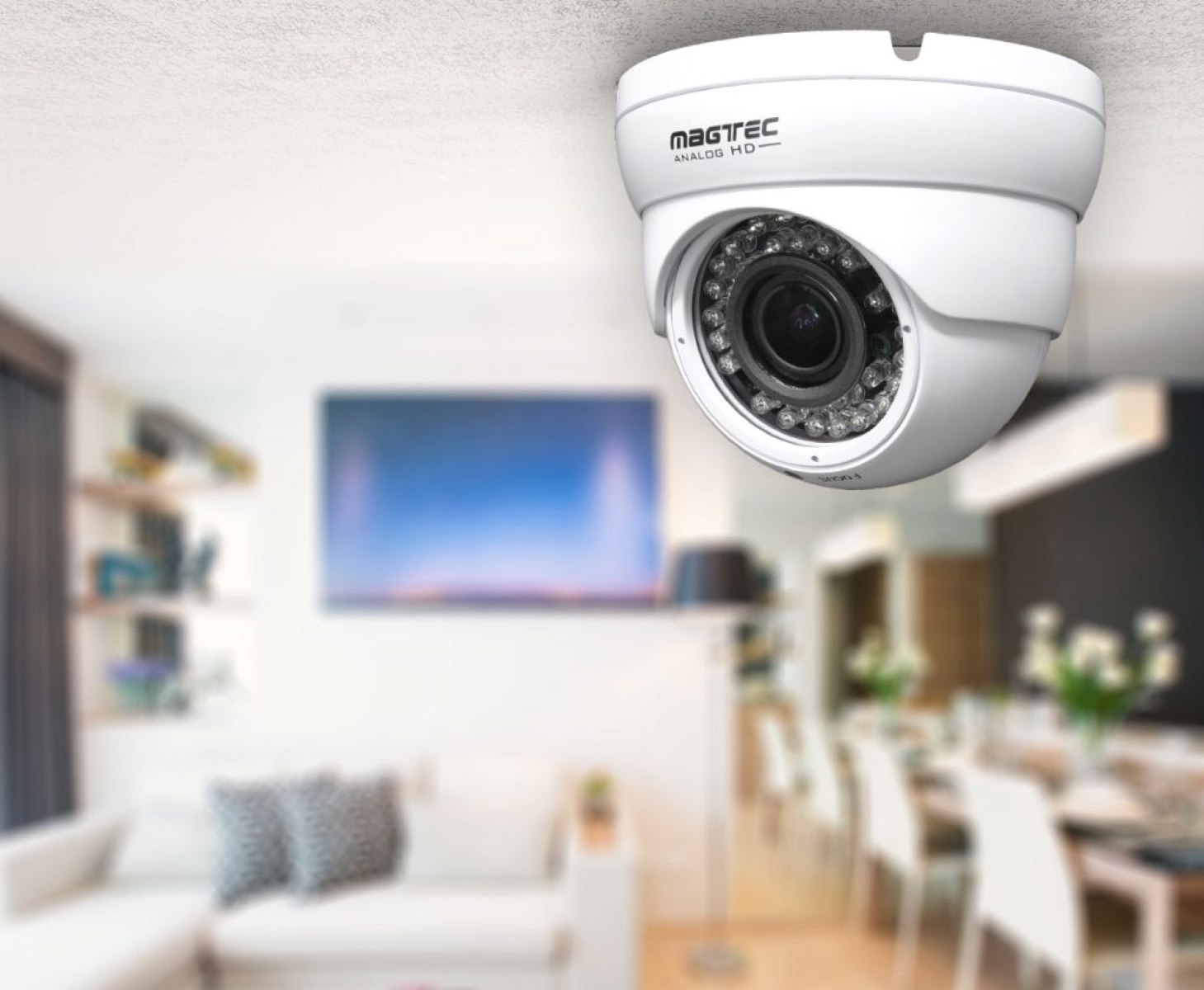

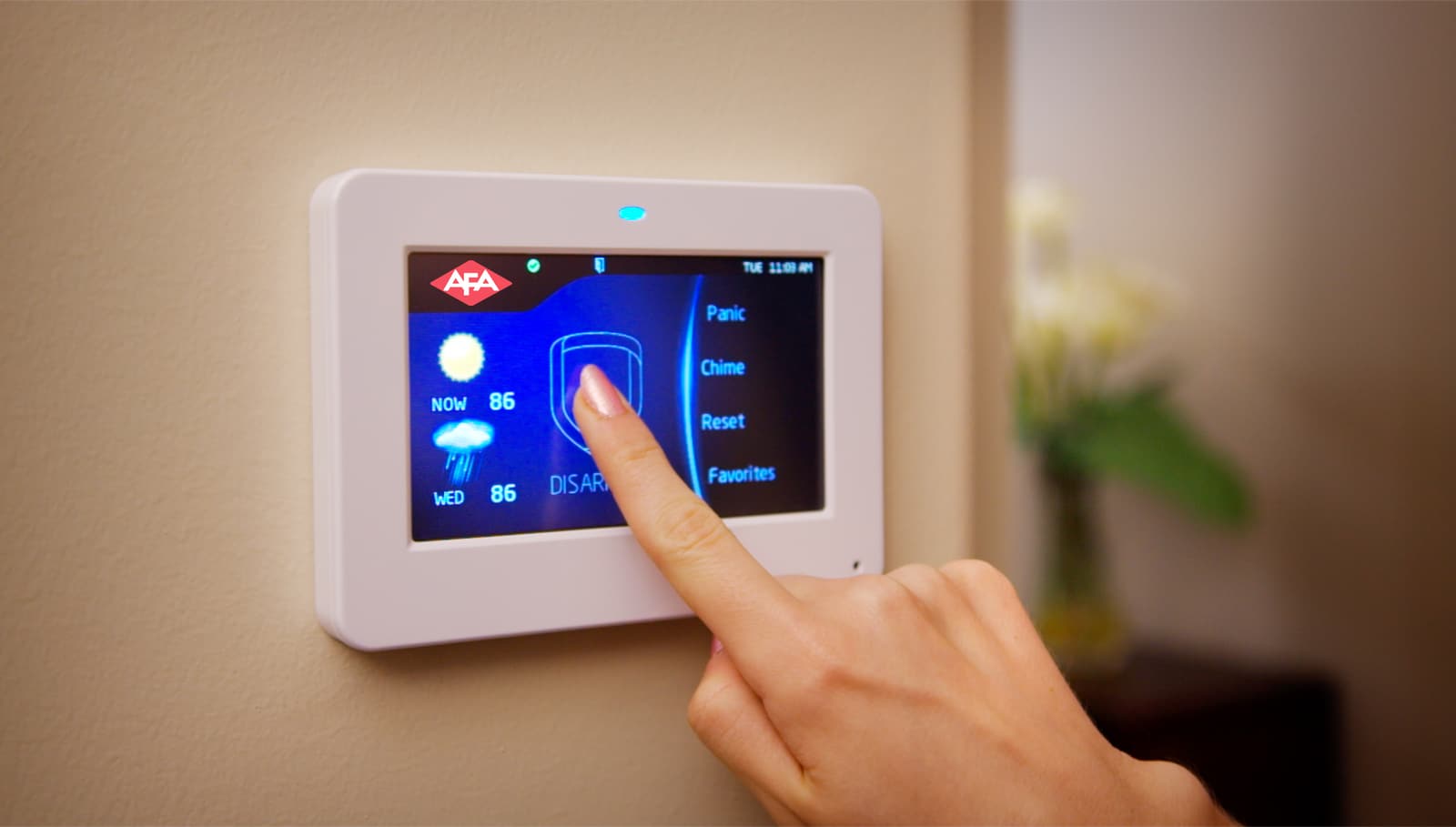
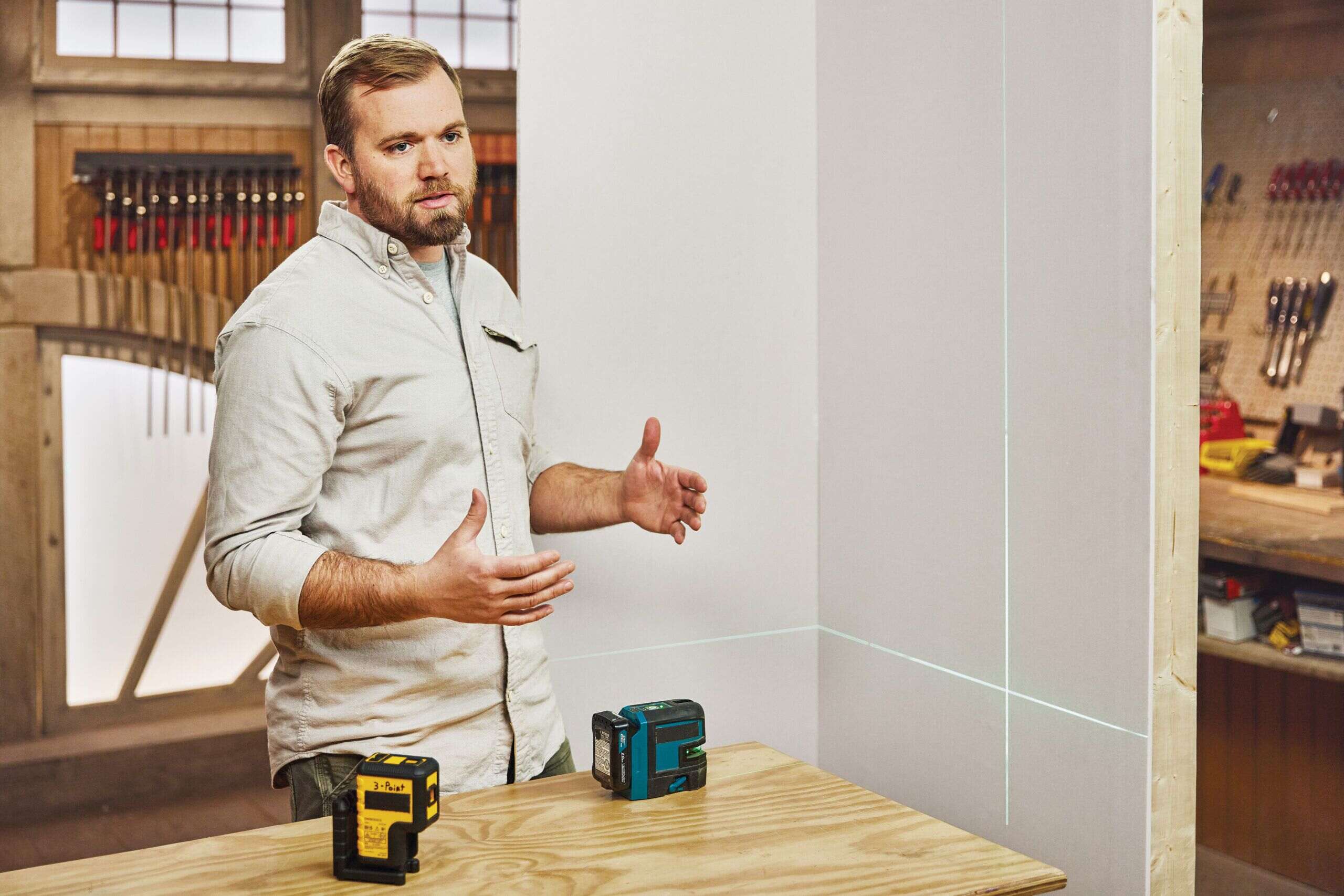
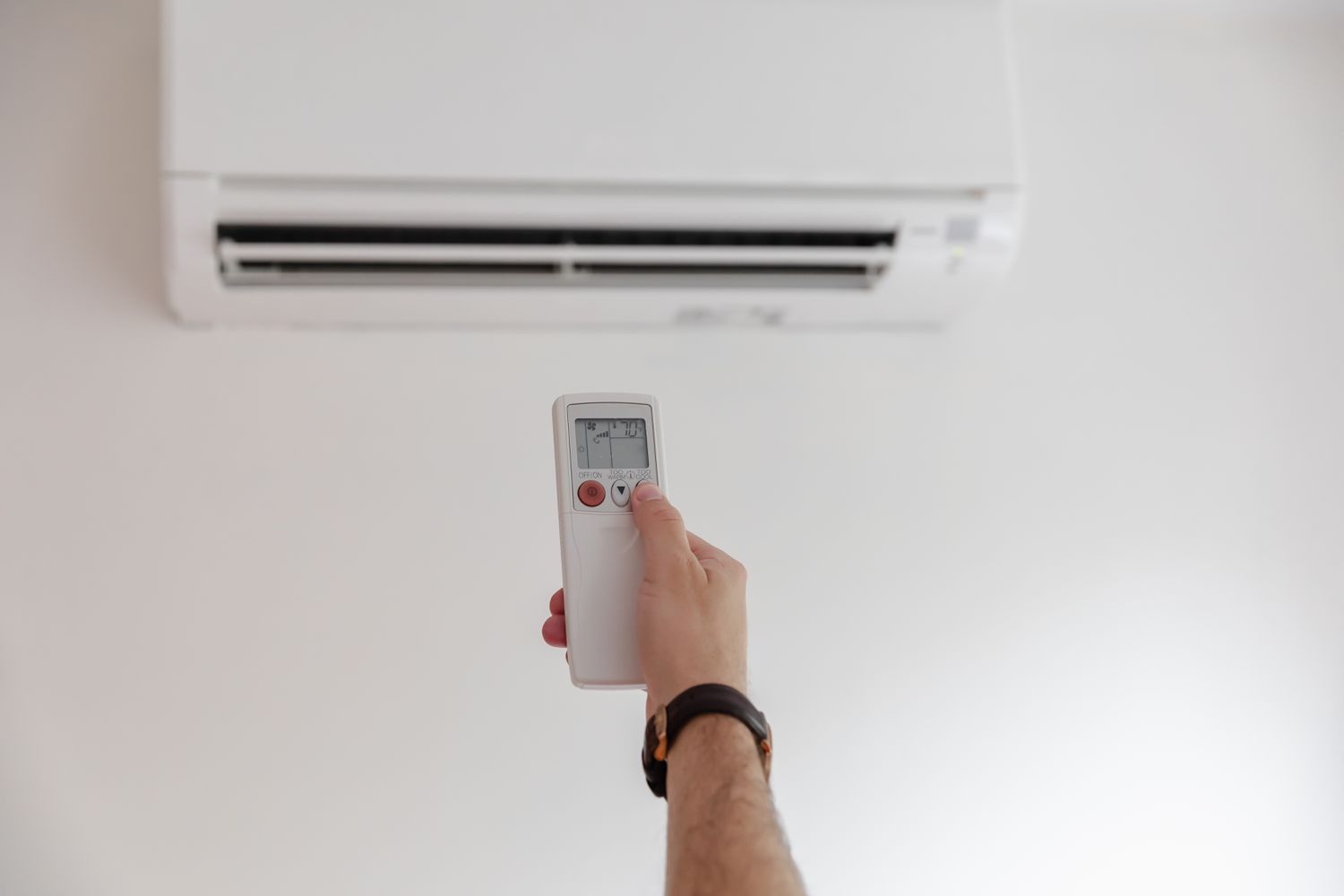
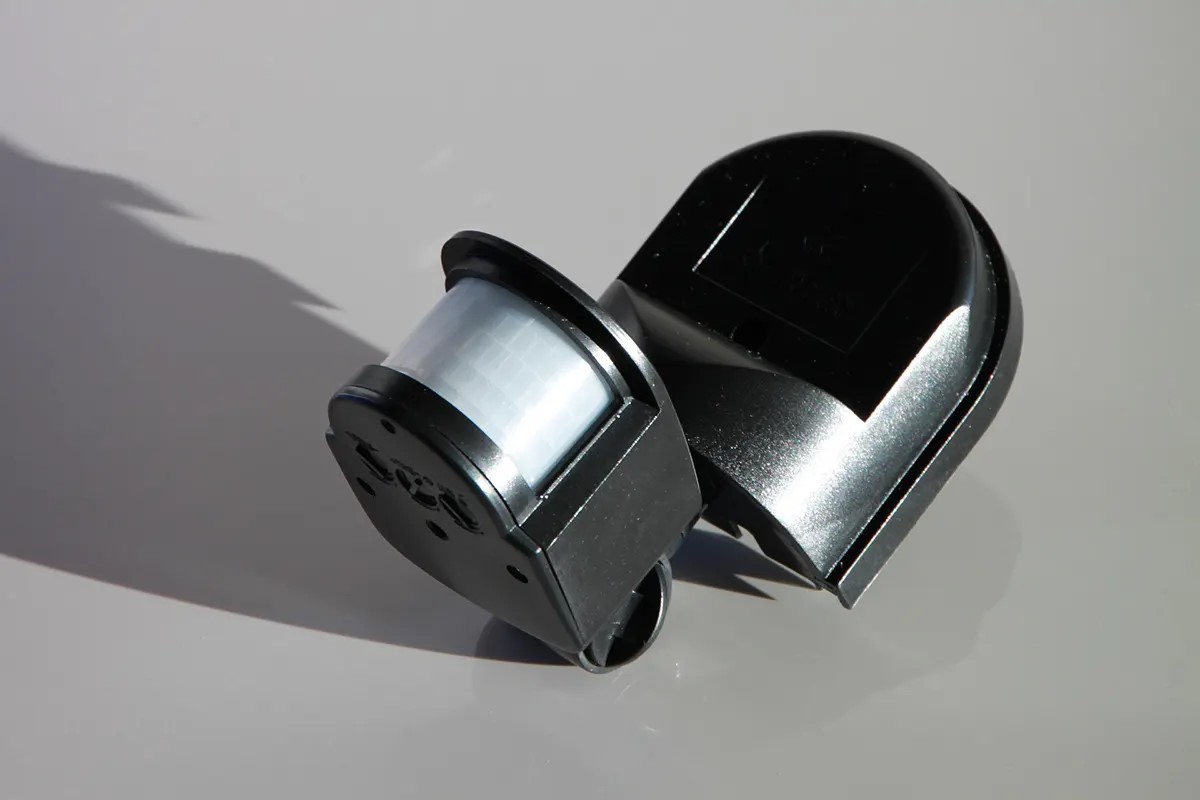
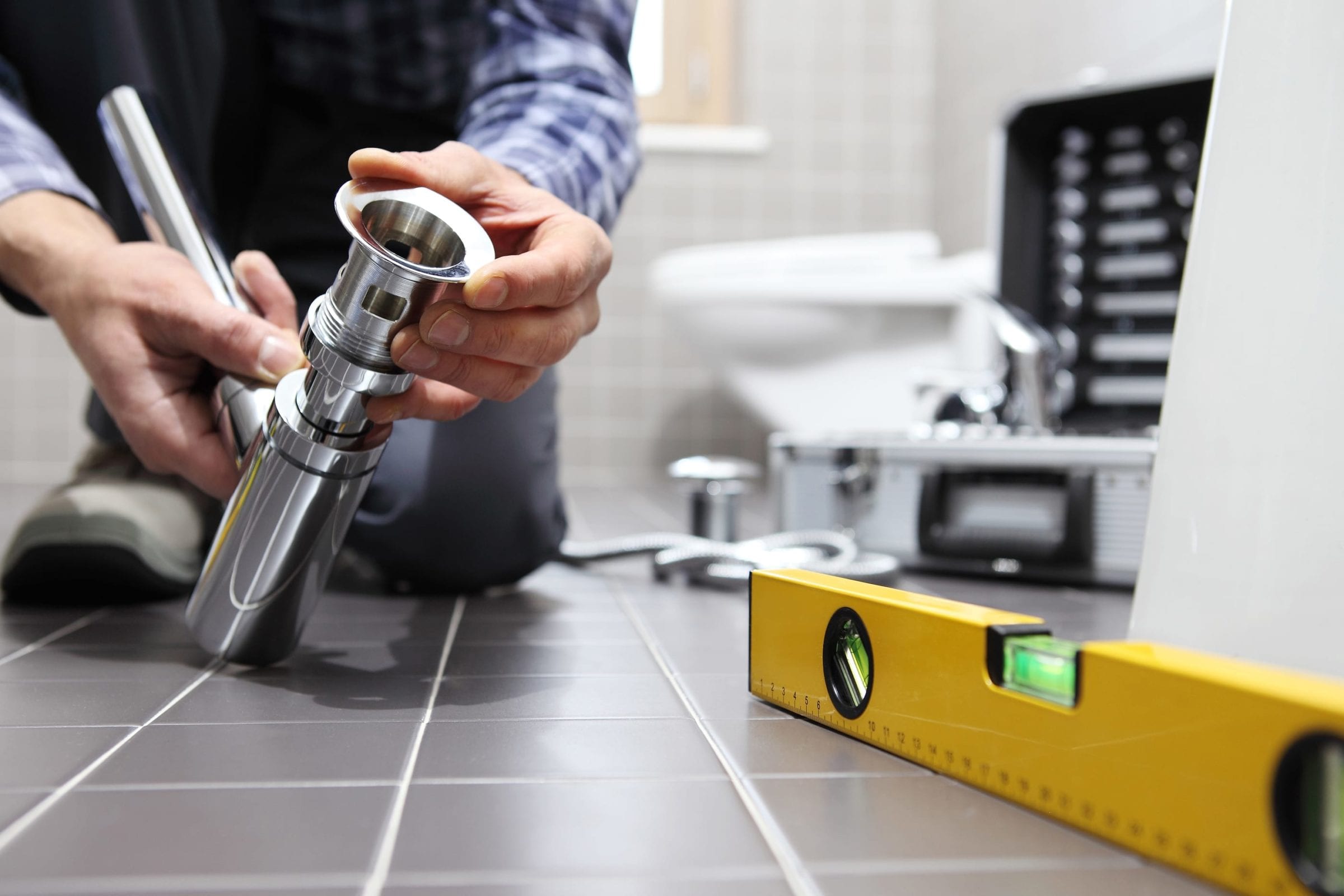
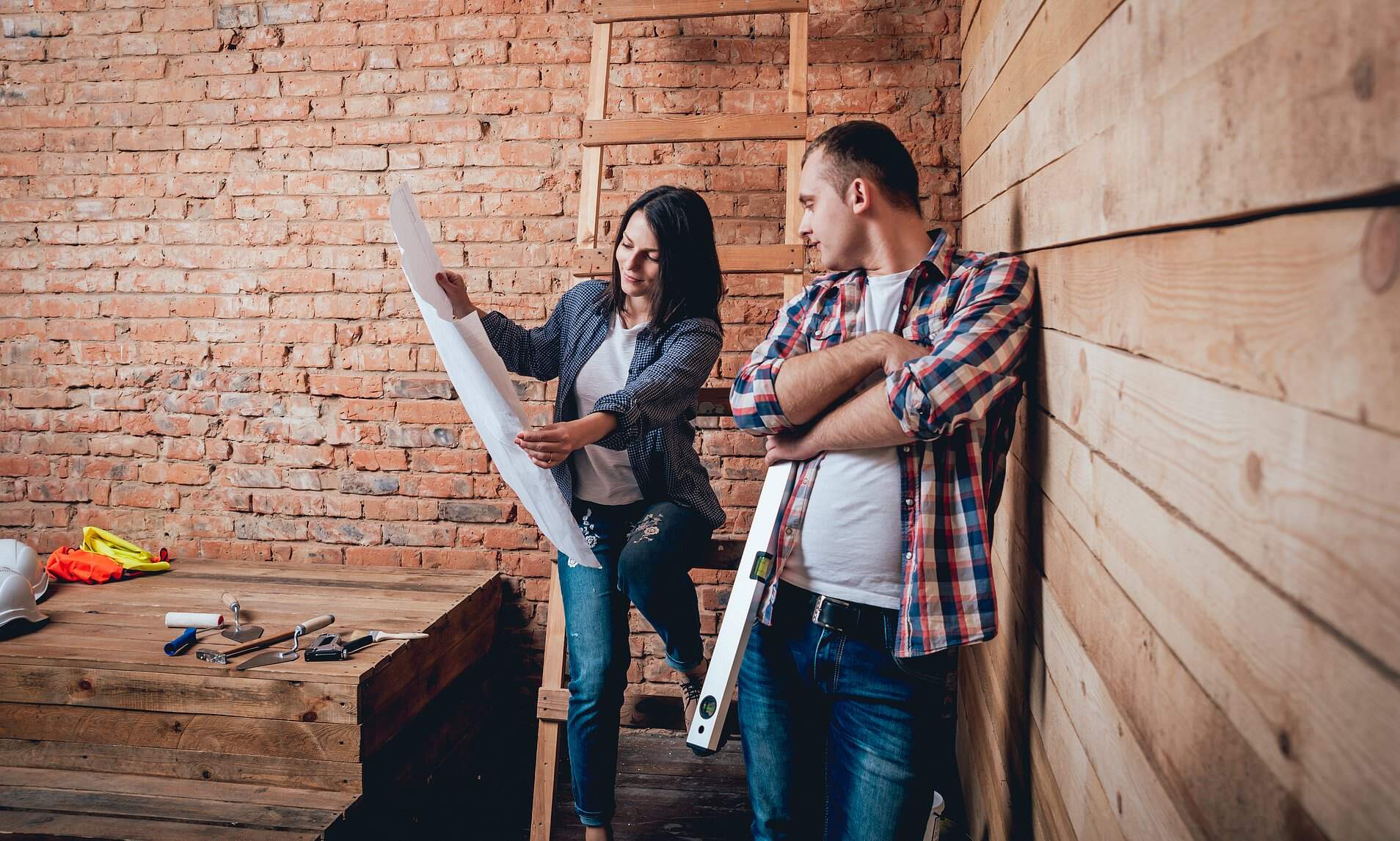
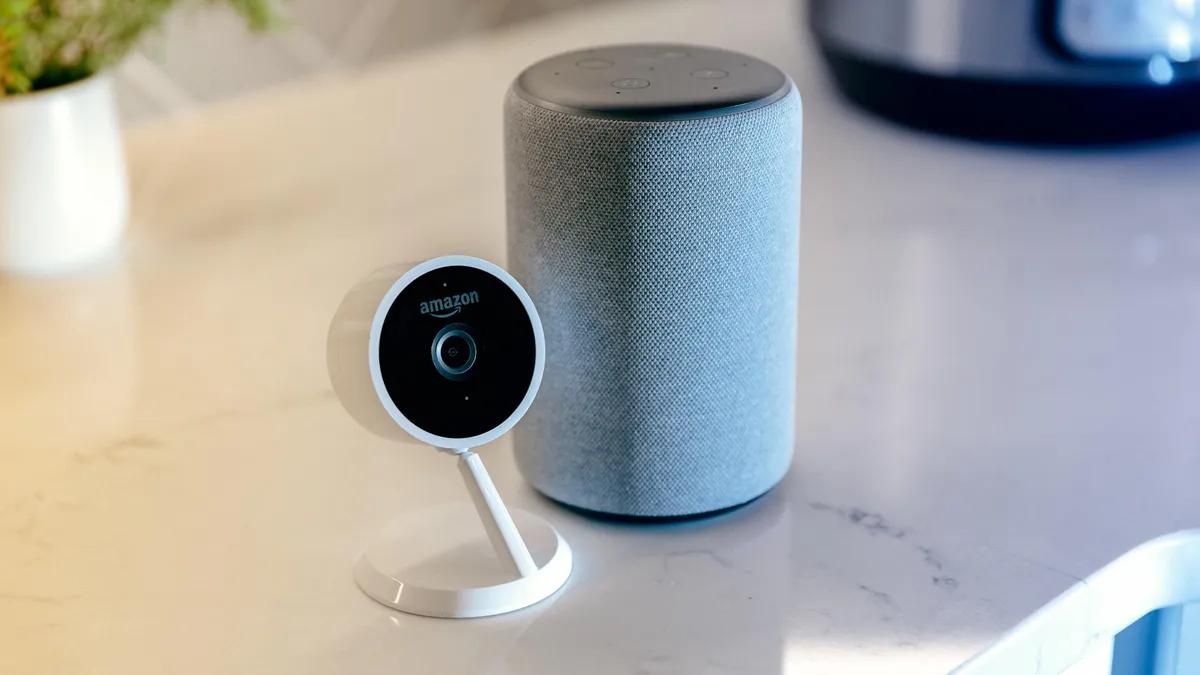

0 thoughts on “How Does Home Plumbing Work”